
Myotis adversus
Myotis adversus
According to the literature, Myotis laniger is slightly larger than Myotis l···
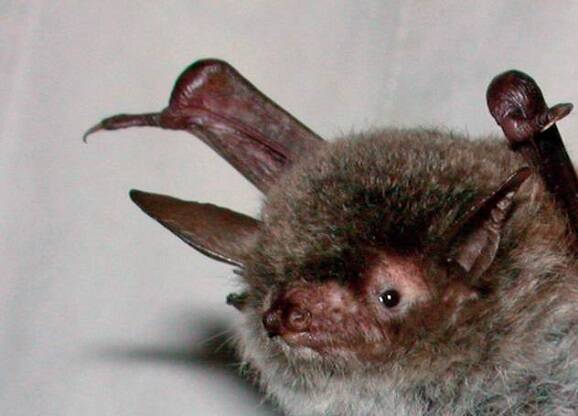
Myotis hasseltii
Myotis hasseltii
Myotis horsfieldii belongs to the subgenus <Leuconoe> and is particula···
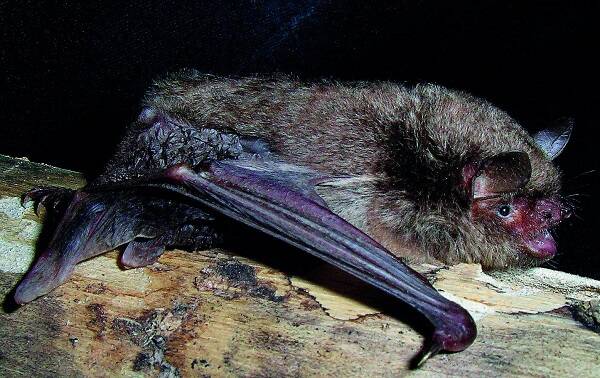
Myotis fimbriatus
Myotis fimbriatus
There may be some confusion about the classification of hairy-legged Myotis ···
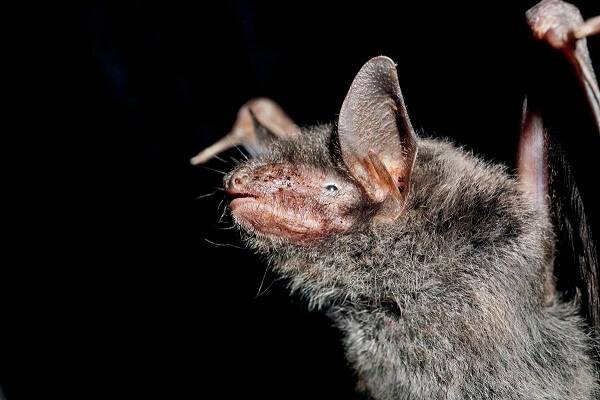
Myotis chinensis
Myotis chinensis
The Chinese Myotis bat is one of the larger species of bat family. It inhabi···
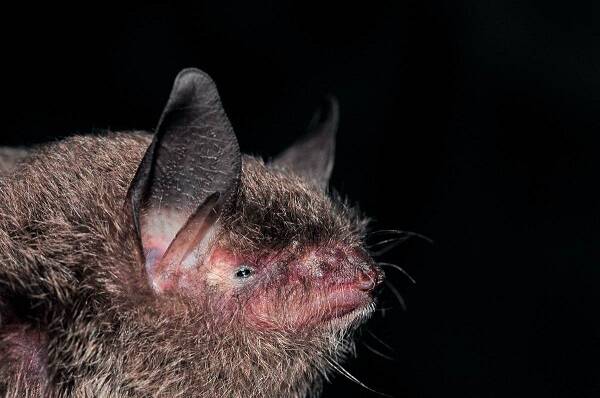
Myotis badius
Myotis badius
Chinchilla bats belong to the Myotis siligorensis group, which was first ide···
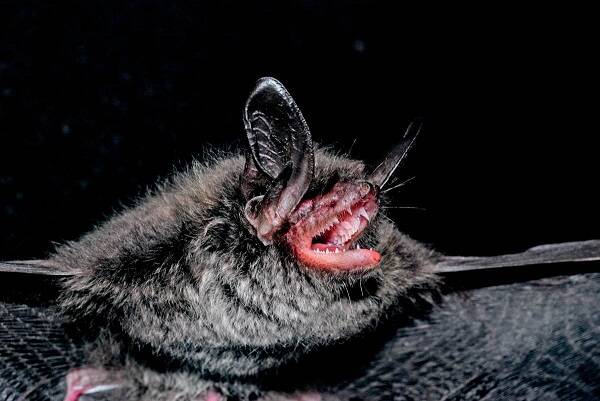
Myotis altarium Thomas
Myotis altarium Thomas
Southwest Mouse-eared bat, also known as Emei Mouse-eared Bat or Sichuan Mou···

,Chaerephon plicata,
,Chaerephon plicata,
During the day, small groups lurk in caves, cliff cracks, and also hide in c···
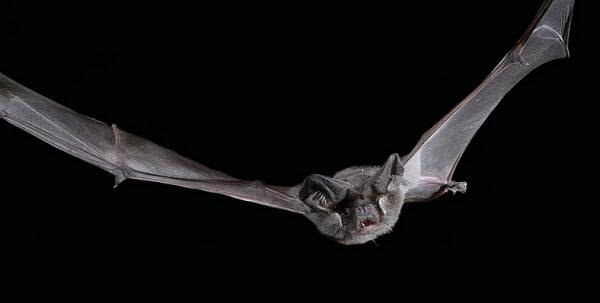
,European free-tailed bat
,European free-tailed bat
The number of individuals is small, single or two or three undulating in the···

chiroptera
CHIROPTERA
There are only a few hundred of them now, and the population is rare. For a ···

Aselliscus stoliczkanus
Aselliscus stoliczkanus
The species is found in West Malaysia. The auricle and tail are very distinc···
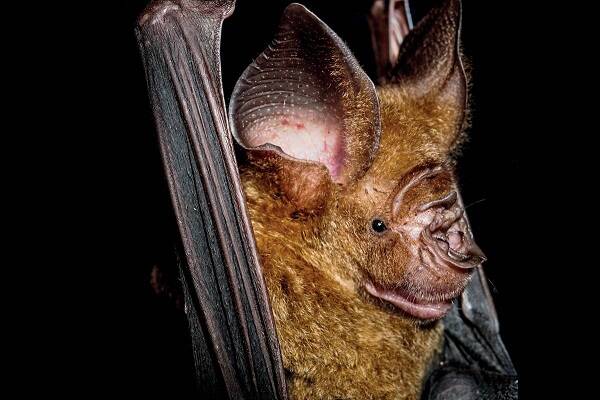
Hipposideros pratti
Hipposideros pratti
The Przewalski's bat is a large bat that lives in large, damp, dark cave···
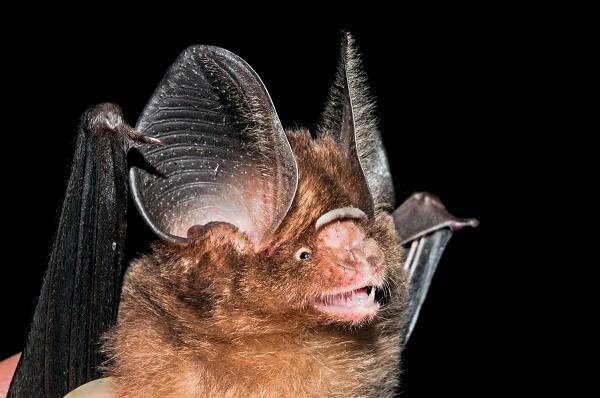
Hipposideros pomona
Hipposideros pomona
Lesser hoofed bats are smaller. It lives in wet caves or abandoned bomb shel···

Hipposideros larvatus
Hipposideros larvatus
The Mesohoofed bat is a member of the genus Hoofed Bat of the family Hoofed ···
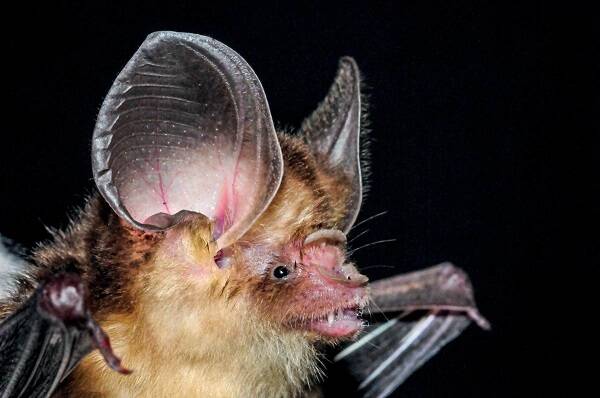
Hipposideros cineraceus
Hipposideros cineraceus
The grey horseshoe bat is a cave bat. About 50 species were found in the air···
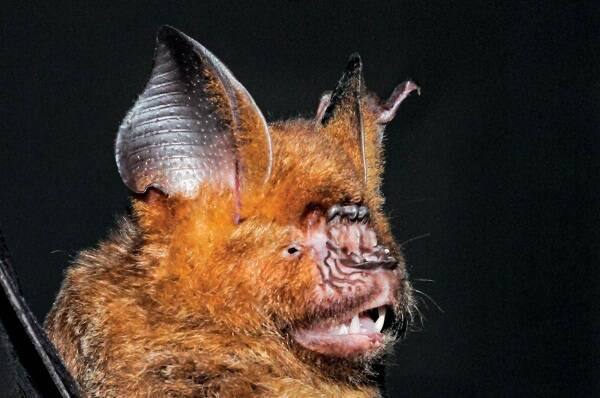
Hipposideros armiger
Great Himalayan Leaf-nosed Bat,Hipposideros armiger
The big horseshoe bat is very large, with forearms up to nearly 100 mm, ears···
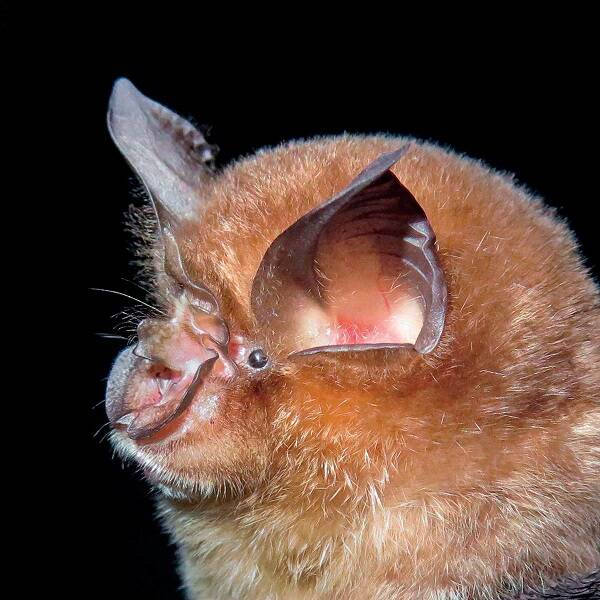
Lesserbrownhorseshoebat
Lesserbrownhorseshoebat,Rhinolophussineno
The new distribution record of this species was reported in China in 2005. A···
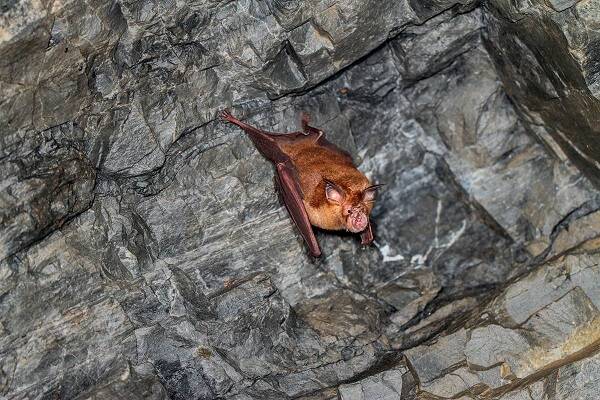
Chinese Horseshoe Bat
Chinese Horseshoe Bat, Chinese Rufous Horseshoe Bat
The Chinese Rhinolophus rouxii sinicus was previously classified as a subspe···
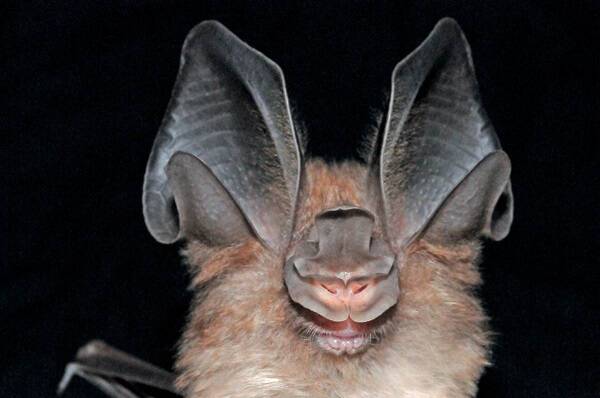
Schnitler’s Horseshoe Bat
The species is found in a rocky cave surrounded by agricultural land, 200m f···

Rhinolophus rex
Rhinolophus rex
A female bat, Rhinolophus rex, was caught 100m away from the entrance of Kun···

Rhinolophus blythi
Rhinolophus blythi
R. blythi andersen: Least horseshoe bat is the smaller of the horseshoe bats···
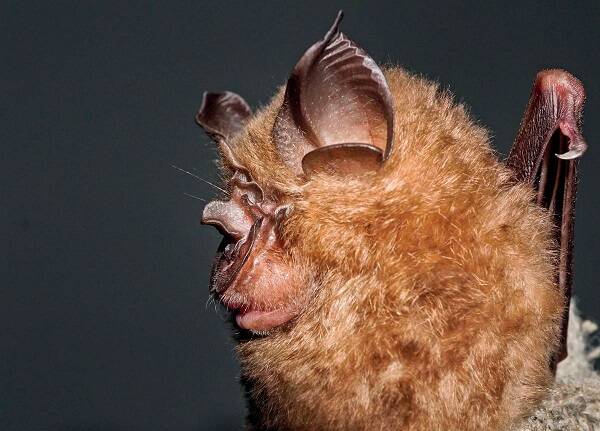
Rhinolophus pearsonii
Rhinolophus pearsonii
Rhinolophus pearsonii (Rhinolophus pearsonii) is a member of the Rhinolophid···
